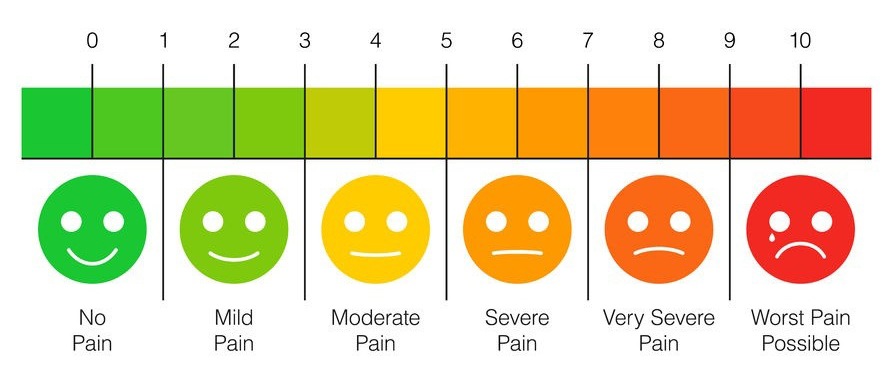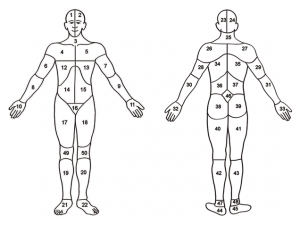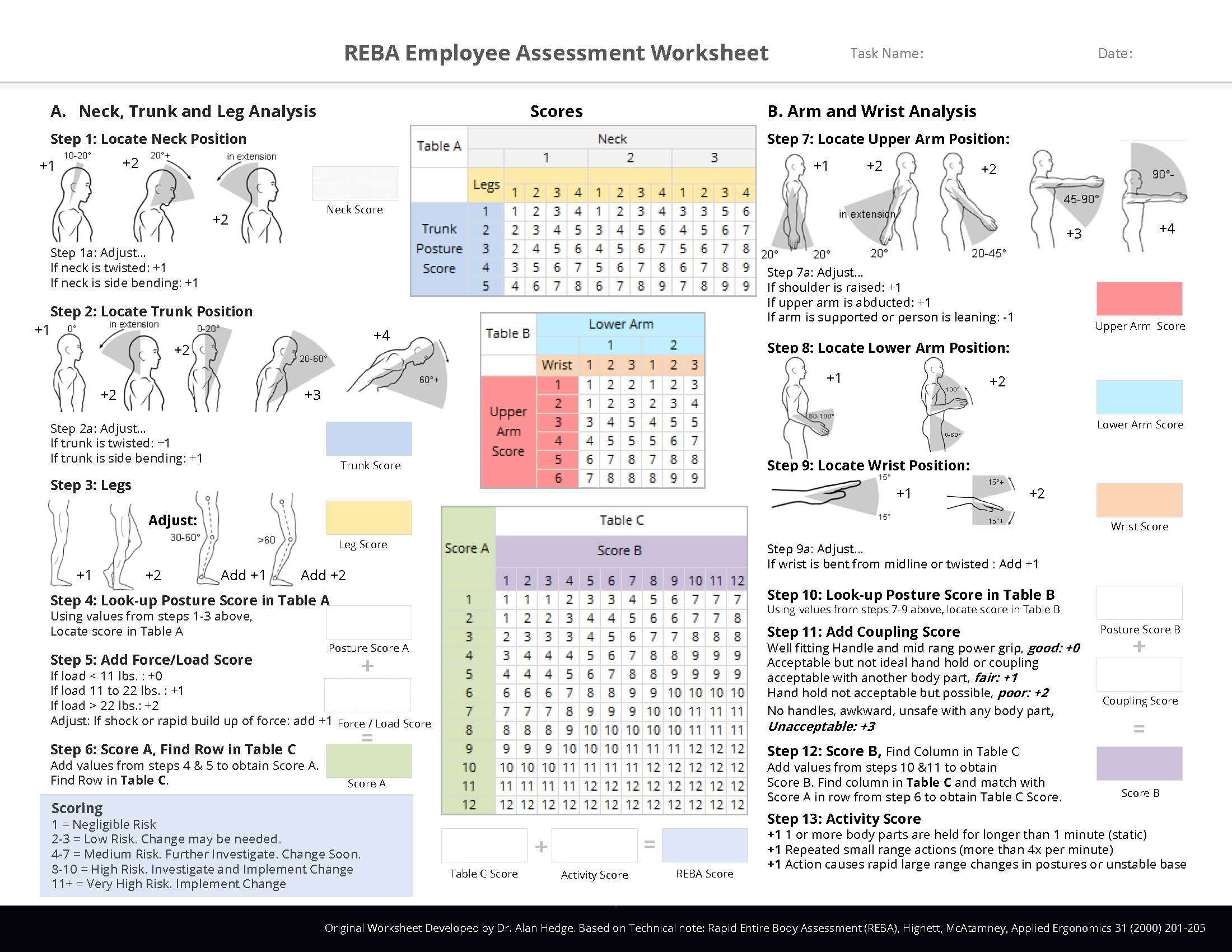How to use empirical evidence to support business cases
When you’ve assessed a service user and identified an equipment need, the next step is usually forming a business case. We’ve gone over a few tips and tricks for this in a previous blog, but one crucial aspect is including empirical evidence.
Independent OT, Gill Creighton, has a staggering 100% success rate in securing equipment through business cases (long may you reign, Gill). And during her speaker sessions at the Single-handed Care Summits, Gill briefly discussed the methods health professionals can employ when collating evidence. Let’s run through them.
1. The Likert Scale
This one’s simple but effective. An easy way of quantifying pain, you simply ask your client to rank their pain from zero to ten. Zero is no pain at all and ten is the worst possible pain.

2. Body Maps
This is a useful tool to indicate where any pain, injuries or problem areas are on either the service user or the carer. Relevant sections can be coloured in to highlight problem areas, and it’s useful to make notes.
Gill gave the example that, if she were filling in a body map to reflect her own pain, injuries or problem areas, she would colour in:

- Number ten to reflect her arthritis in that hand and difficulties with grip
- 21 to highlight nerve damage following an operation on her foot
- 46 because she (like many care professionals) is prone to lower back pain
3. Borg Scale
Borg scales gauge a person’s perceived levels of effort when performing a care task. Again, this is a useful calculation for both the health professional and service user. Simply choose the number that reflects how hard the person feels they are working. When you multiply that number by ten, you get the approximate heart rate that would be observed during the activity.
Borg scales are useful prior to equipment provision to highlight difficulty of manual vs mechanically-assisted tasks. They can also be used after the equipment has been provided as an outcome measure.
| 6 | |
| 7 | Very, very light |
| 8 | |
| 9 | Very light |
| 10 | |
| 11 | Fairly light |
| 12 | |
| 13 | Somewhat hard |
| 14 | |
| 15 | Hard |
| 16 | |
| 17 | Very hard |
| 18 | |
| 19 | Very, very hard |
| 20 |
4. Rapid Entire Body Assessment (REBA)
This is perhaps the most complex system, but has the potential to be the most valuable.
The REBA is a postural analysis system which is sensitive to musculoskeletal risks in a variety of occupational tasks. It divides the body into segments (neck, trunk, legs, upper arms and lower arms). These are all coded individually with reference to movement planes.
Reba provides a scoring system for muscle activity caused by static, dynamic, rapidly changing or unstable postures. It also looks at how things are held or gripped and refers to this as ‘coupling’. The outcome of the assessment is a final score which reveals whether action is needed, and if so, how urgently.
You don’t need any equipment to carry out a REBA, but taking photos (with your service user’s permission) will allow you to provide a detailed analysis of a particular task.
We hope these have been helpful! If you would like further advice about formulating business cases, or have questions about any of our products, please don’t hesitate to get in touch.
